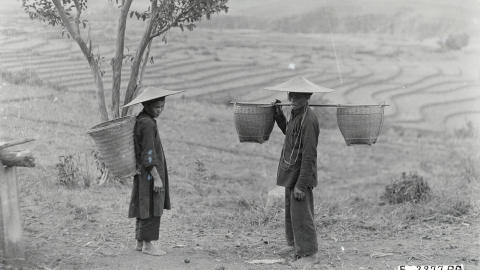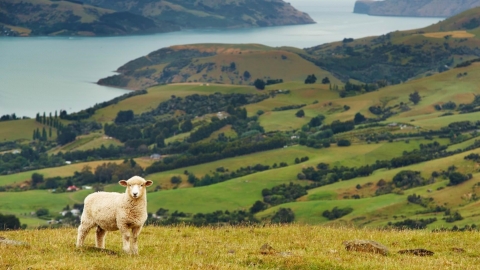Last July, the Trans-Iranian route (1,394 km) was one of the33 new sites awarded UNESCO World Heritage status. Linking the Caspian Sea in the northeast with the Persian Gulf in the southwest, the railway officially opened in 1938, after 11 years of extremely difficult construction. Although not widely known outside Iran, the project is arguably one of the greatest engineering feats of the 20th century.
difficulties in the construction process
The Trans-Iranian Railway, which carries both freight and passenger trains, runs northeast from Bandar-e Eman Khomeyni via Ahvaz, Qom and Tehran to Bandar Torkaman. The train travels through more than 224 tunnels totaling more than 76 km, with 174 viaducts and 186 small bridges carrying the railway across deep ravines and valleys before climbing two peaks over 2,000 m high.
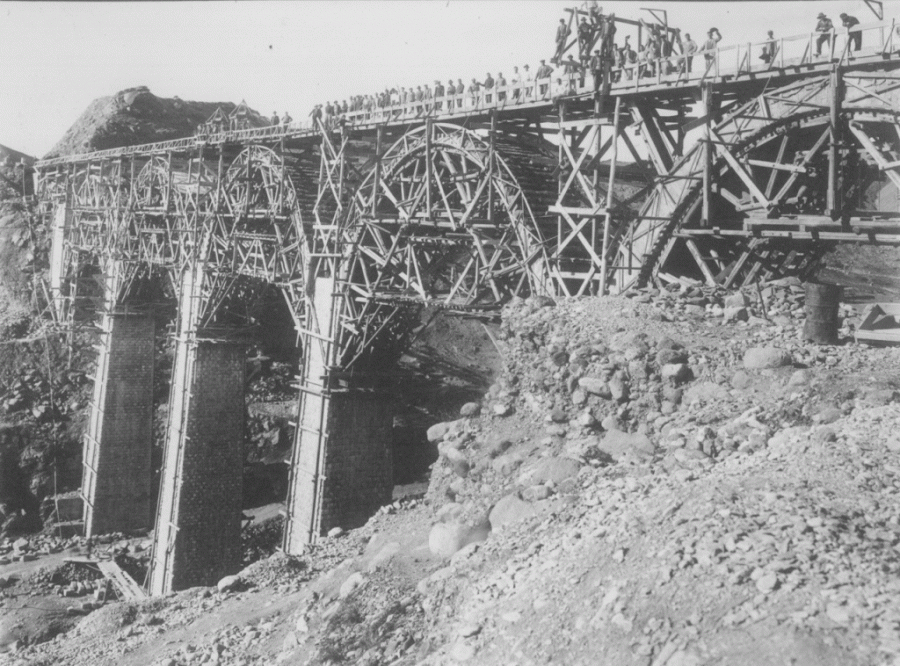
The process of building the railway.
Numerous geological and engineering challenges were encountered in completing the line. Some tunnels were abandoned during construction due to the discovery of salt and gypsum deposits, forcing the installation of new routes. Another tunnel, which passed through volcanic pumice, was unusable. Construction workers faced daily shortages of water to mix mortar and concrete of the required quality, and even lacked drinking water.
ups and downs between wars
The Trans-Iranian Railway was the first goal of Reza Shah-Pahlevi's ambitious plan to modernize Iran's communications and economic system in the 1930s. It was seen as a key tool to modernize the country and overcome poor links to the sparsely populated region. The construction of the railway was a remarkable collaborative effort involving 43 contractors from many countries, including the United States, Britain, Germany and Denmark.
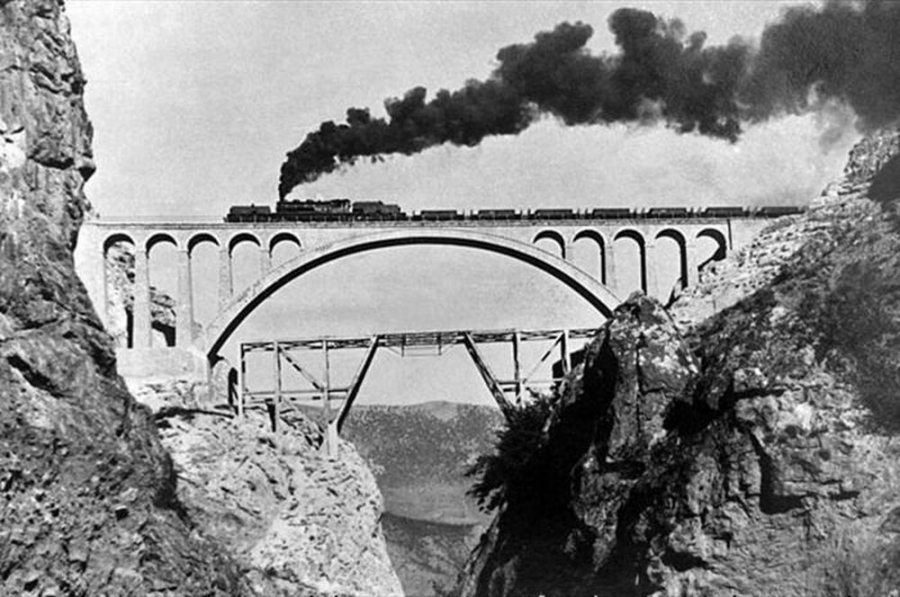
The construction of the railway involved contractors from many countries.
Unexpectedly for a major Asian railway at the time, the project was entirely funded by Iran, and was heralded as a symbol of the country’s modernisation and growing national confidence. In addition, the project was financed by taxes on commodities such as sugar and tea, which were used to hedge against exploitation by other countries, particularly the British Empire and the Soviet Union.
In August 1941, Britain and Russia invaded Iran under the pretext of a German-backed coup. A month later, the southern sector between Bandar Shahpur and Tehran was taken over by the British Army's Royal Engineers, while the line north of the capital fell under Soviet control. New rail yards, additional locomotives and rolling stock, and the arrival of experienced British and American railwaymen led to a significant increase in train capacity during the war.
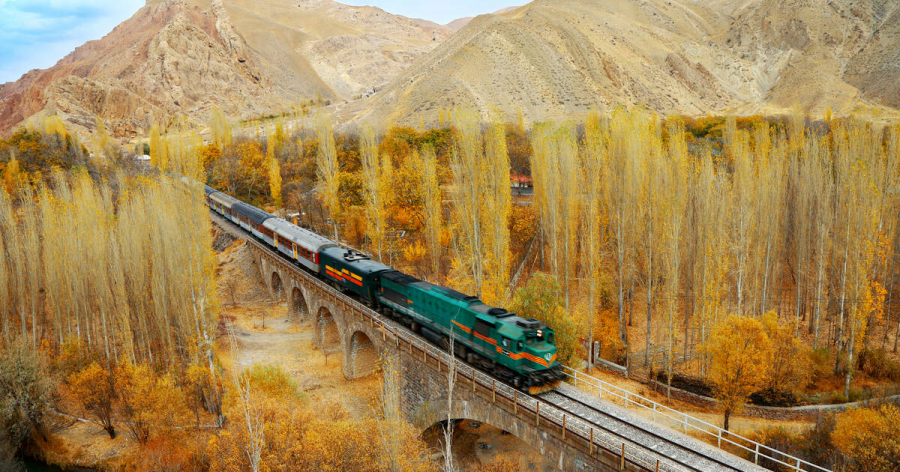
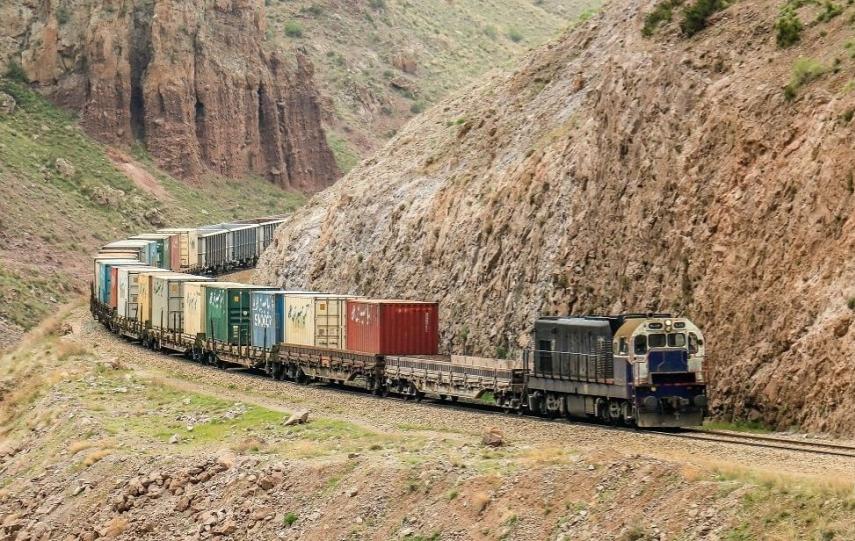
In 1944, the freight train capacity on the railway was 6,489 tons per day.
It was estimated that in 1942, a single freight train could move 1,000 tons of cargo a day. Two years later, under the control of the United States Transportation Corps (USATC), that figure had increased to 5,400 tons a day. With the introduction of American-made diesel locomotives and thousands of additional freight cars, capacity gradually increased to 6,489 tons a day. However, the heat, dust, altitude, and lack of water for the steam locomotives—and drinking water for the crews—made the railway a very harsh environment.
When the European conflict in World War II ended in May 1945, aid convoys to Russia ceased and the USATC handed over control of the Trans-Iranian Railway to Britain, which was quickly transferred to the Iranian State Railway, the predecessor of the present-day Islamic Republic of Iran Railway.
The journey leads to breathtaking views
Tim Littler, founder of UK-based Golden Eagle Luxury Trains, conducted 19 tours to Iran between 2014 and 2019. His company designed a trans-Iranian rail journey as part of its "Heart of Persia" tour itinerary, departing from Tehran.
“Shortly after leaving Pol-e-Safid (at the northern end of the route), the train begins a steep climb of about 65 miles (104 km), with a speed limit of just 20 mph (32 km/h). During this stretch, the train passes under the famous Veresk Bridge, several loops and horseshoe bends with spectacular views,” Littler said.
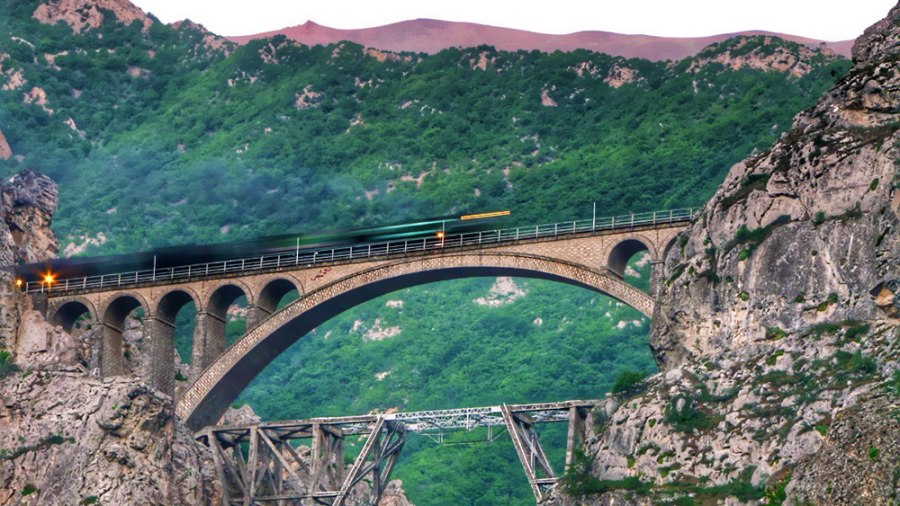
The railway line passes over the Veresk bridge hanging over two cliffs.
There is more scenic, interesting scenery on the route southwest of Tehran, as it continues past Qom and climbs past the nuclear center of Arak to its summit at Noor Abad. “From this beautiful 220-mile (354-km) stretch through Doround and Andimeshk, visitors can visit the ancient city of Susa, dating back to 4,200 BC, and two other World Heritage Sites: the ancient hydraulic system of Shustar and the Elamite complex at Chogha Zanbil,” he said.
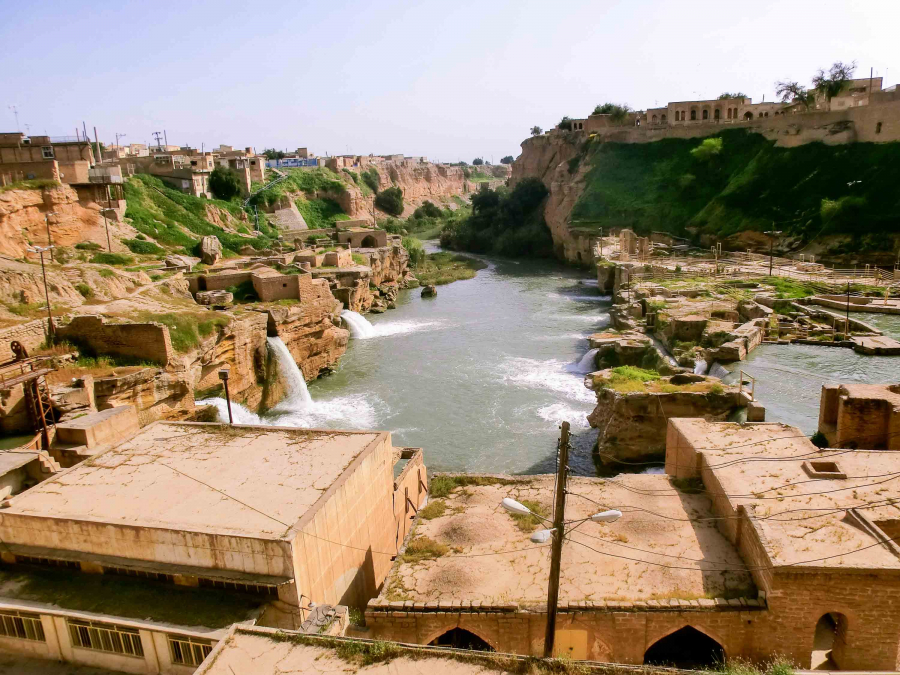
The ancient hydraulic system of Shustar.

Elamite Complex.

The railway passes through many spectacular scenes.
The future of the Trans-Iranian railway
Today, despite decades of economic sanctions, Iran is investing heavily in expanding and upgrading its rail network. Nearly 1,100 kilometers of new lines have been completed in the past seven years, connecting provincial capitals to Tehran. The country’s first high-speed railway, built in 2015, connects Tehran to Isfahan via Qom, with speeds of up to 300 kilometers per hour. A second high-speed line between Arak and Qom is also under construction.
The UNESCO World Heritage designation is an important certification, helping to firmly mark the position of a site on the global tourism map. From there, it can provide additional funding for maintenance and restoration; opening the door for research and exploration of the ability to attract visitors. For some places, tourism development can become a double-edged sword, because excessive tourism exploitation can threaten the recognized heritage itself.
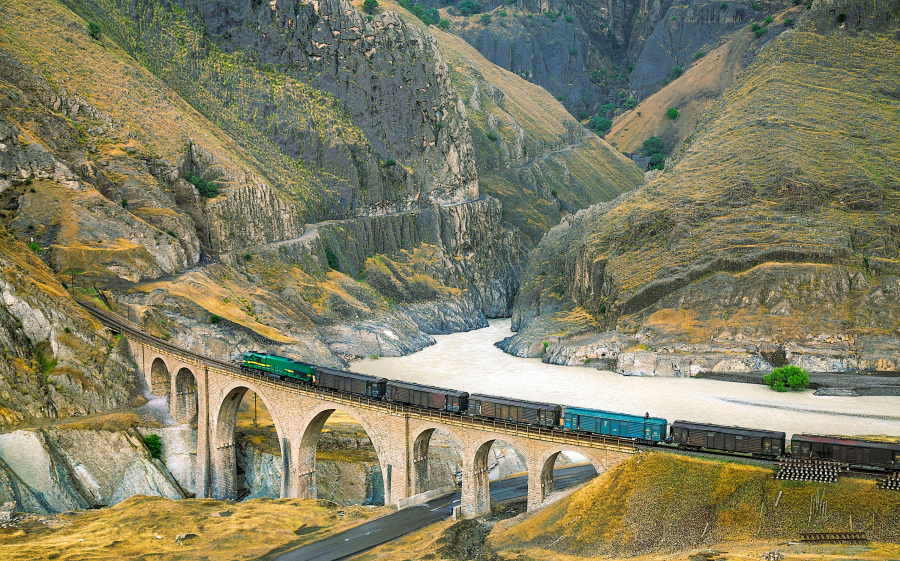
On July 25, the Trans-Iranian Railway was recognized by UNESCO as a new World Heritage Site.
However, that fate is unlikely to befall the Trans-Iranian Railway. Travelling to Iran remains a difficult proposition for foreign visitors as relations with Western countries continue to be strained. Tim Littler hopes to bring adventurous tourists back in the future to enjoy the country’s cultural and technological highlights.






















